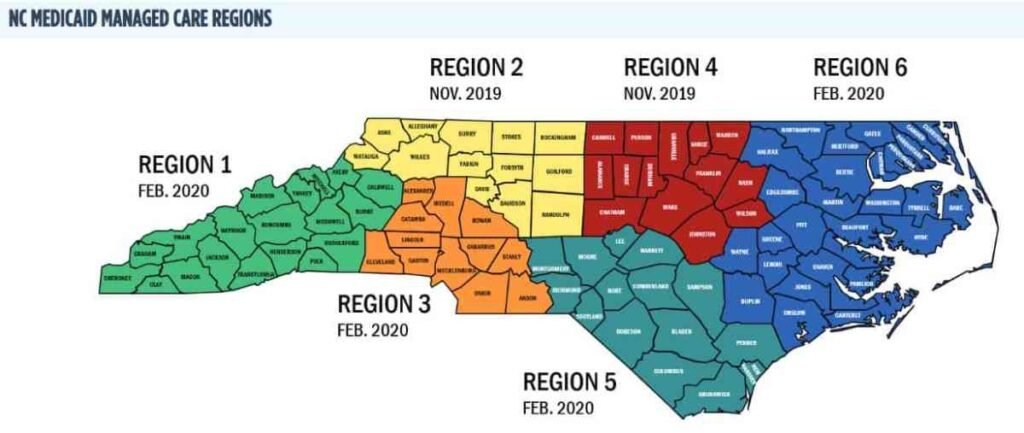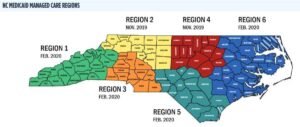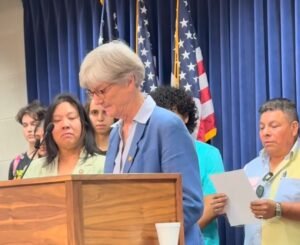Durham, N.C. — North Carolina’s Medicaid program is bracing for a massive funding shortfall of $319 million after state lawmakers failed to fully meet projected needs, according to a letter from the N.C. Department of Health and Human Services (NCDHHS). And the impact won’t be abstract—it will be felt in Durham households, hospitals, and clinics serving thousands of vulnerable residents.
The Budget Hole
NCDHHS projected the system needed $819 million in rebase funding to keep Medicaid afloat at current service levels for its 3 million enrollees statewide. The General Assembly allocated $600 million in the state budget (House Bill 125), but after administrative requirements, only $500 million is available for the rebase—leaving a $319 million hole.
This funding crisis means service cuts, provider rate reductions, and patients possibly losing access to care.
Who Gets Hit
The memo from NCDHHS Secretary Dev Sangvai makes clear: “These reductions carry serious and far-reaching consequences.” Here’s what’s on the chopping block:
3% across-the-board provider cuts — every doctor, nurse, therapist, and facility taking Medicaid will get paid less. 8–10% cuts for hospitals, nursing homes, and residential care facilities. 10% cuts to autism therapy and behavioral services. No more coverage for popular weight-loss drugs like Ozempic/Wegovy, except when prescribed for diabetes or heart disease. Administrative strain — staff shortages and delayed oversight could erode the quality of Medicaid services.
For Durham County, where roughly one in five residents relies on Medicaid (est. 65,000 people), these cuts could mean longer wait times, fewer providers willing to accept Medicaid, and disruptions in critical services like autism therapy and elder care.
Local Stakes: Durham on the Line
Durham hospitals and clinics already face staffing shortages, rising patient demand, and pandemic aftershocks. A 10% cut to autism therapies, for example, means local families at places like Duke Health’s Autism Clinic could see reduced session availability or higher out-of-pocket costs. Nursing homes in the county—many of which serve a predominantly Medicaid-funded population—will feel the 8–10% funding squeeze hardest, raising fears of closures or layoffs.
Governor Josh Stein blasted lawmakers’ “Band-Aid budget,” warning that shortfalls could push providers to abandon Medicaid entirely, saying: “The ones paying the price are those who need healthcare most.”
The Bigger Picture
Over the past decade, Medicaid expansion has broadened access to healthcare in North Carolina, including Durham. But cuts like these risk unraveling that progress. With the state’s uninsured rate still above 10%, fewer Medicaid options could push more Durham residents into emergency rooms for basic care—a cost shift that burdens hospitals and taxpayers alike.
Bottom Line
Durham’s working families, children, seniors, and people with disabilities are on the frontlines of this crisis. As the October 1, 2025, deadline for reductions looms, the state faces a stark choice: find more money, or force vulnerable communities to absorb the blow.
At the Bull City Citizen, we’ll keep following the money trail—and the human stories behind it—to make sure Durham residents know what’s coming, and how it may affect their care.













